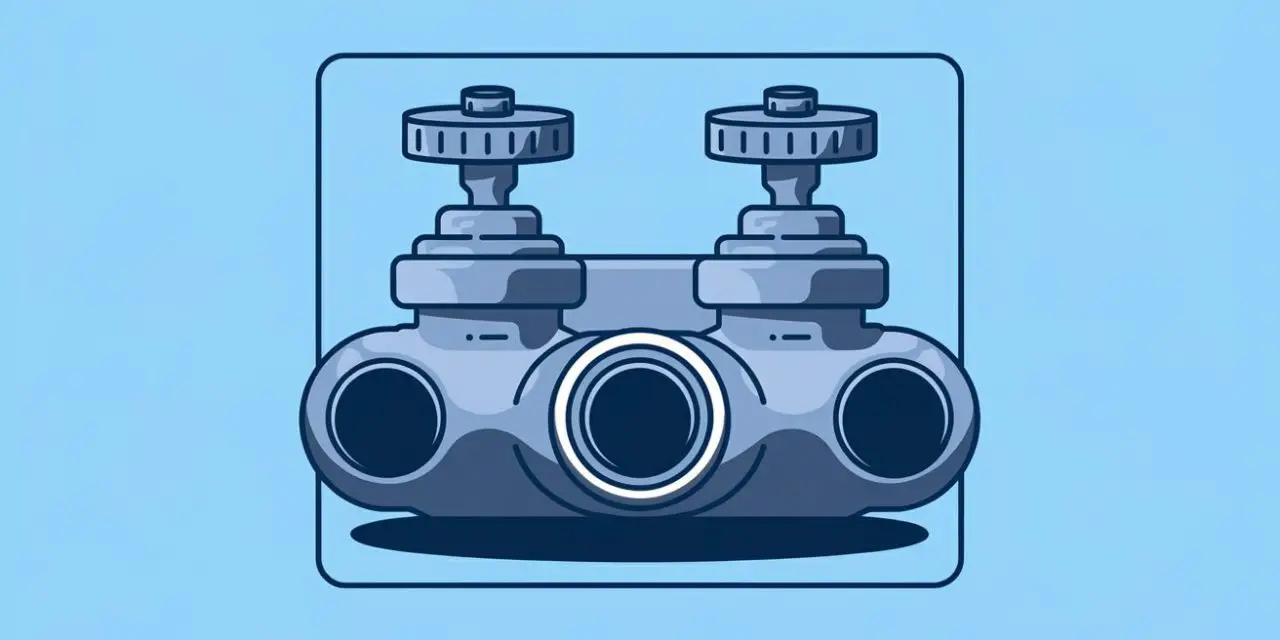Would you like to save this article?
Are you tired of crawling underneath your RV to empty your tanks at dump stations, while a line of impatient campers waits behind you? Traditional RV tank valves have been a notorious pain point for RV owners for decades. Today, we’re exploring an upgrade that’s revolutionizing how RVers manage their waste systems – electric valve systems.
These smart additions use electric actuators to open and close your black and gray tank valves with the simple push of a button, eliminating the need to manually pull those stubborn valve handles.
If you’ve ever found yourself contorting your body to reach awkward valve locations or dealing with stuck handles that refuse to budge, this technology might be the game-changer you’ve been waiting for. As more RVers embrace full-time or extended travel, convenience upgrades like these are becoming essential rather than just nice-to-have accessories.
1. Say Goodbye to the Dump Station Scramble
Traditional RV waste valves often require you to crawl underneath your rig at dump stations, fumbling with stiff handles while everyone watches. Electric valves allow you to simply connect your sewer hose, press a button, and let technology do the work.
According to a 2024 RV Owner Survey, the average RVer spends approximately 12 minutes at dump stations per visit, with nearly 5 minutes dedicated just to accessing and operating tank valves. Electric valve systems can reduce this time by up to 60%, getting you back on the road faster.
For Grand Design and similar RVs where black tank handles are positioned 24 inches under the rig, electric valves eliminate the need for uncomfortable contortions and crawling on potentially unsanitary dump station grounds.
The Dump Station Shuffle: Where Dreams of Dignified RV Living Go to Die
2. Improve Your Tank Maintenance Routine
Regular black tank maintenance requires frequent valve operation – something many RVers neglect due to the inconvenience. Electric valves make maintenance so simple that you’ll actually do it properly.
The RV Industry Association recommends completely emptying and rinsing black tanks at least once weekly during active use. Studies show that 65% of RV owners with manual valves admit to emptying their tanks less frequently than recommended, while only 28% of those with electric valves report the same.
With electric valves, you can easily perform multiple rinse-and-release cycles to thoroughly clean your tanks. The video presenter mentions doing 3-5 flushes per weekly emptying, something far more practical with push-button convenience.
Who Needs a Gym Membership When You Have Manual RV Valves? Those Awkward Reaches Count as Yoga, Right?
3. Enhance Access to Hard-to-Reach Valves
Many RVs, especially larger fifth wheels and travel trailers, have valve handles positioned in nearly inaccessible locations. Electric valves solve this design flaw permanently.
The video host’s Grand Design 315BH requires crawling on all fours to reach the black tank valve, a common issue across numerous RV models. According to RV service technicians, valve accessibility is among the top 5 design complaints from owners.
Electric valve systems like the Barker Auto Drain can be installed with the control switch in convenient locations, such as inside wet bays or near other tank monitoring systems.
I Used to Tell People I Go Camping to Connect with Nature, Not to Play Twister Under My RV Every Few Days!
4. Increase System Reliability
Traditional valve handles connected to long cables are notorious for jamming, breaking, or becoming misaligned. Electric valves offer superior reliability with fewer mechanical failure points.
RV repair shops report that manual valve systems account for approximately 15% of waste system service calls. The primary points of failure include cable kinking, handle breakage, and internal valve misalignment.
The video creator notes that after 1.5 years of regular use (5+ operations weekly), the electric valve continued to function flawlessly – a testament to the improved reliability compared to manual systems that frequently jam after extended use.
My RV’s Manual Valve is Like That Flaky Friend Who’s Never Reliable – Except This One Chooses the Most Embarrassing Moments to Let Me Down!
5. Enjoy Easier Winterization and Storage
For seasonal RVers, proper valve management during storage periods is essential. Electric valves make proper shutdown and spring startup procedures significantly easier.
Industry winterization guidelines recommend leaving black tank valves closed but gray tank valves partially open during storage. With electric valves, these positions can be precisely set and easily confirmed without crawling underneath the RV.
For the 74% of RV owners who store their rigs seasonally, the ability to easily manage valve positions from a convenient switch reduces the likelihood of spring startup issues related to frozen or damaged valves.
Winter Storage Prep Used to Be My Least Favorite Olympic Sport – Contortionist Valve Hunting. Now I Just Push a Button Like the Lazy Genius I Aspire to Be!
6. Benefit From Long-Term Cost Effectiveness
While electric valves have a higher upfront cost, their superior durability and reduced maintenance needs often result in better long-term value.
As shown in our cost comparison table, traditional valves typically cost $40-$80 initially but require more frequent replacement (every 3-5 years) and higher annual maintenance. Electric systems like the Barker Auto Drain ($150-$250) typically last 5-8 years with minimal maintenance.
The total 5-year ownership cost actually favors electric valves in many cases ($180-$290 vs. $190-$330 for traditional valves), especially when factoring in the convenience benefit.
My Wallet Initially Protested the Electric Valve Upgrade, But After the Third Time Replacing Those Manual Valves, It Finally Admitted I Was Right!
7. Accommodate Limited Mobility Needs
For RVers with physical limitations or mobility issues, electric valves aren’t just convenient – they’re essential for maintaining independence.
The aging demographic of RV owners (average age 57 according to RVIA) means accessibility features are increasingly important. Electric valves eliminate one of the most physically demanding aspects of RV maintenance.
For the estimated 22% of RVers with some form of mobility limitation, electric valve systems can be the difference between independent travel and requiring assistance at dump stations.
Remember When “Accessible RVing” Meant Being Able to Touch Your Toes? My Back Has Officially Submitted Its Letter of Thanks for This Electric Upgrade!
Conclusion
Electric RV valves represent one of those rare upgrades that truly transform the camping experience, addressing a genuine pain point while offering long-term value. While the initial investment is higher than traditional systems, the convenience, reliability, and accessibility benefits make this modification worth serious consideration for any RV owner – particularly those with hard-to-reach valves or who empty tanks frequently.
As one RV owner in the video put it, this upgrade is a “game changer” that ranks among their favorite modifications. If you’re tired of the dump station shuffle or physically struggling with awkward valve handles, electric valves might be the solution you didn’t know you needed.
With simple installation that doesn’t require replacing existing valves, systems like the Barker Auto Drain offer an accessible entry point into this technology. Your back – and everyone waiting behind you at the dump station – will thank you!
SOURCES
- RV Cavalry Website: https://rvcavalry.com/
- RV Industry Association (RVIA): https://www.rvia.org/







